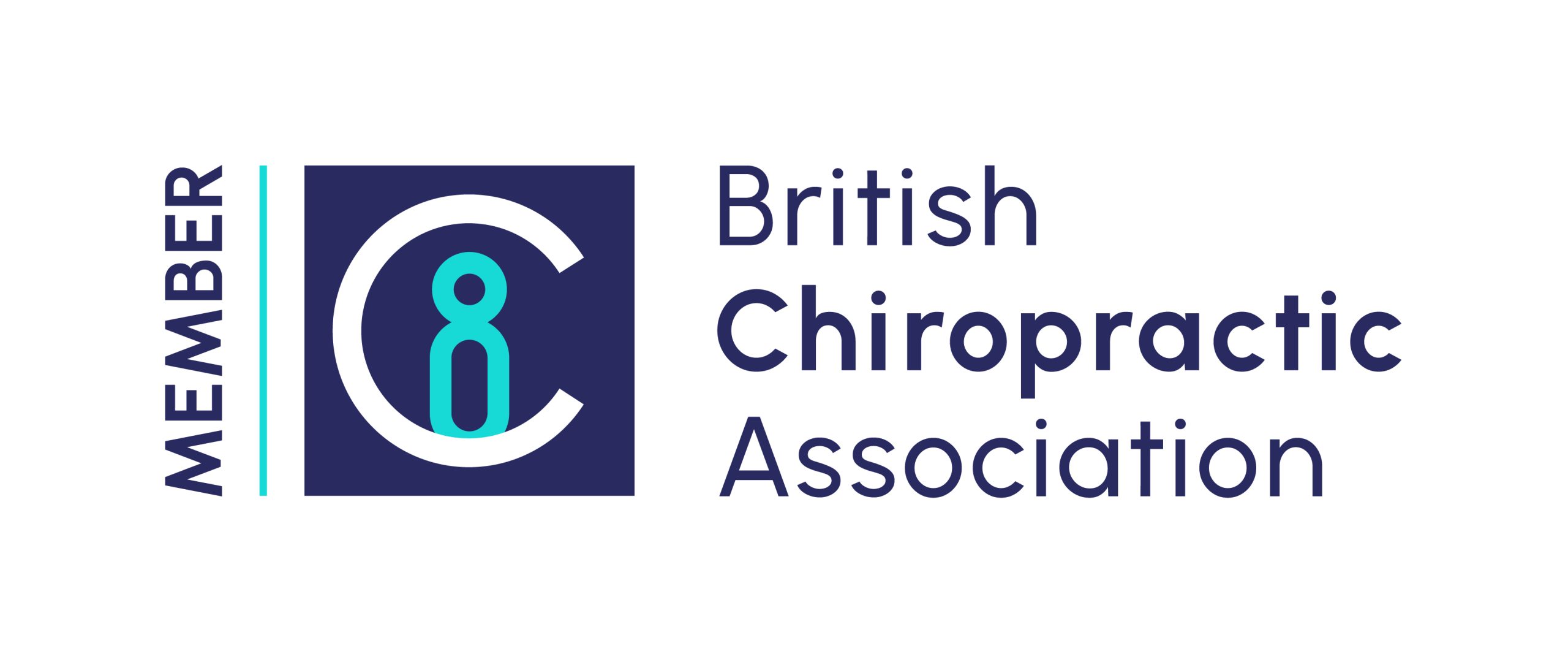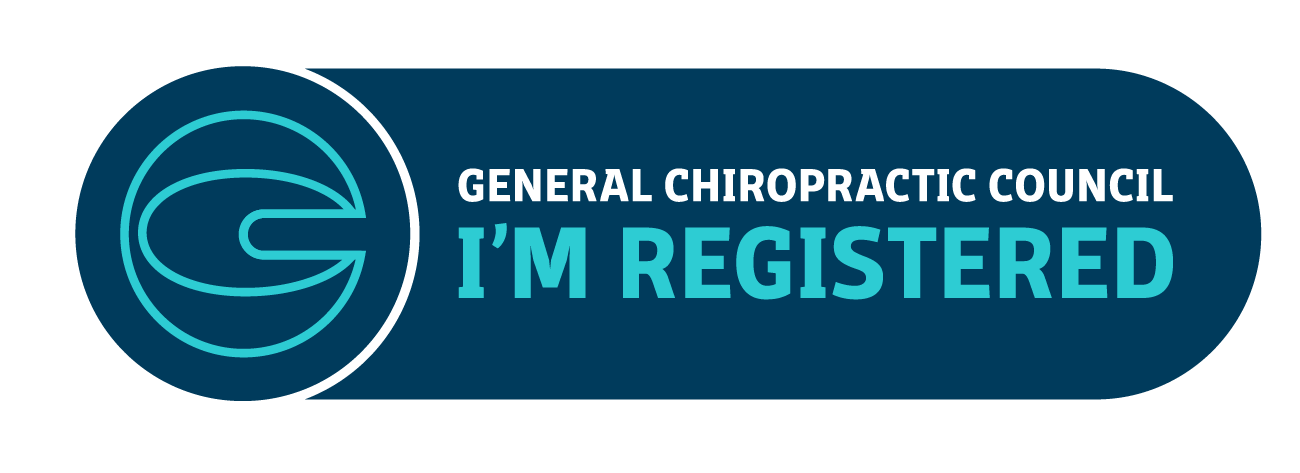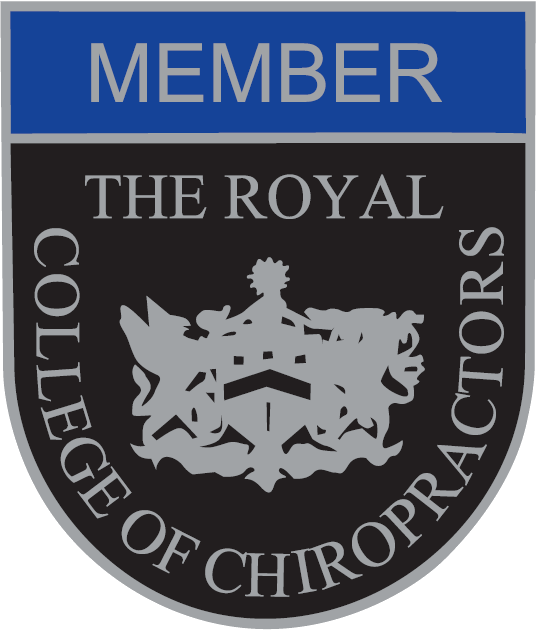Is the treatment painful?
Chiropractic treatment is usually painless unless there is inflammation in the area. In order to make all patients as comfortable as possible and provide the best possible experience our treatments are modified and structured around your individual needs. It is perfectly natural for you to feel stiff and / or tired after the initial treatment – this is a natural response to the manipulation of the spine and in our experience every patient responds slightly differently to treatment.
How often will I need treatment?
There is no definite answer to this question as every case is very different. A longer term condition may take a little longer to improve than a more recent one. Chiropractic aims to reduce pain and improve mobility, strengthen and stabilise the injured areas and maintain long term correction. The number of treatments required depends entirely on the individual condition, its severity and how long it has existed. We find that the average is between 4 – 6 treatments for a straightforward acute condition and 8 – 12 treatments for a chronic condition. Treatment tends to be more intensive initially in order to retrain the joints and muscles to work correctly. Most people will see an improvement in their symptoms within 1 – 2 weeks, after which they will be seen by the chiropractor less frequently as they continue to improve. Once a condition has been fully corrected many of our patients choose to attend our practice for maintenance care check-ups from time to time to ensure that their long-term correction is maintained.
When should I be checked?
Your chiropractor’s first goal is to get you out of pain and this can happen relatively quickly. Our chiropractors then aim to strengthen your back and introduce exercises for you to prevent the problem returning. You may also be offered some “maintenance” appointments which are usually recommended to people with a chronic history of relapsing strains and sprains. Maintenance is where patients have an adjustment on average every 2 or 3 months to keep the joints moving freely to prevent the condition from reoccurring. Maintenance appointments and regular exercises can help you maintain good spinal health.
Can Chiropractors treat me if I have osteoporosis?
Osteoporosis affects the bones making them brittle and weak due to lack of calcium, this is particularly common in women after the menopause. Our chiropractors are able to carry out different treatments that do not require manipulation to help ease your pain as well as provide you with advice and guidance on methods to help fight the condition. Chiropractic care in this situation can help keep joints flexible helping to improve balance and strength thereby minimising the risk of falling.
Can children have chiropractic treatment?
Children of all ages can benefit from chiropractic treatment. If, after careful assessment, the chiropractor feels treatment may be beneficial then very gentle specific paediatric chiropractic methods can be used. Our youngest patient was only 2 days old!
What about a good diet and exercise?
A balanced diet and regular exercise will certainly help your condition but will not necessarily deal with an existing condition in the same way as chiropractic. While exercise will increase your fitness and core strength, chiropractic can pinpoint problem areas that are reducing your body’s efficiency and flexibility. Read our Aftercare page for more specific information.
Can I be over treated?
Our chiropractors will use their expertise to diagnose your condition and evaluate when it is appropriate to give treatment and, just as importantly, when it is not.
Will my doctor approve?
Increasingly GPs are recognising chiropractic as an effective complementary treatment, particularly for back pain. You do not need a referral from a GP to visit a chiropractor.
Can I get treatment on the NHS?
Some GPs are able to purchase chiropractic treatment for their patients on the NHS. Many health insurance companies will now pay for chiropractic treatment.
How long does treatment take?
The first consultation takes, on average, about half an hour and any subsequent treatment about 15 minutes, but this will vary according to your condition and your needs.
What is the popping noise of the adjustment?
When the two surfaces of a joint are moved apart rapidly, as happens in a chiropractic adjustment, there is a change of pressure within the joint space. This may sometimes cause a bubble of gas to ‘pop’ but this sound is not significant and does not hurt.
Have I got a ‘trapped nerve’ or a ‘slipped disc’?
These are common, general terms used to describe a multitude of conditions. Your chiropractor will make a more specific diagnosis and explain your condition to you.
Are all patients adjusted in the same way?
No. Your treatment program will be tailored to your specific needs.
What is the difference between chiropractic and osteopathy?
There are differences in technique and approach as well as some similarities. The important factor is that the practitioner is well-qualified. Both professions now have statutory regulation. To understand the differences please read this article.
How are chiropractors trained and qualified?
It takes at least four years of full-time study to become a chiropractor at the Anglo-European College of Chiropractic (AECC) which offers a course leading to an MSc degree, or the University of Glamorgan which offers a BSc (Hons) degree. The courses are followed by a postgraduate year spent on the British Chiropractic Association’s Training Scheme (PRT), which students spend in a chiropractic clinic with the support of a qualified Trainer. Upon successful completion of the PRT the student is awarded the Diploma in Chiropractic (DC). Only chiropractors trained at an accredited college can become members of the British Chiropractic Association (BCA), the largest association for the profession in the UK, established since 1925, and now representing over 800 UK chiropractors.
The Chiropractors Act received Royal Assent in July 1994 and as a result the General Chiropractic Council was announced in January 1997. It is responsible for setting standards of both education and conduct within the profession and requires all chiropractors to be registered to practice legally in the UK.
Is chiropractic treatment a good option? Even if I’ve already had surgery?
Chiropractic is remarkably low risk when treatment is carried out by a properly qualified practitioner. Your chiropractor is trained to recognise conditions which require referral elsewhere and can treat you even after surgery.
Why should I return if I’m feeling fine?
Your chiropractor has treated you and helped your body to heal, but if you have to continue the lifestyle which caused the original condition your chiropractor may recommend regular check-ups or treatment.
Is there anything wrong with me ‘cracking’ my neck or back myself?
Yes. You cannot properly control a manipulation to yourself and your relief may only be temporary. You are more likely to be ‘cracking’ the wrong joint since movement in the affected one will be restricted. Consult your chiropractor!
If you have any further questions or require treatment and live in the Winchester and Hampshire areas then ring the Bradford House Chiropractic & Wellness Centre on 01962 861188 or Contact us now to book your initial appointment.









